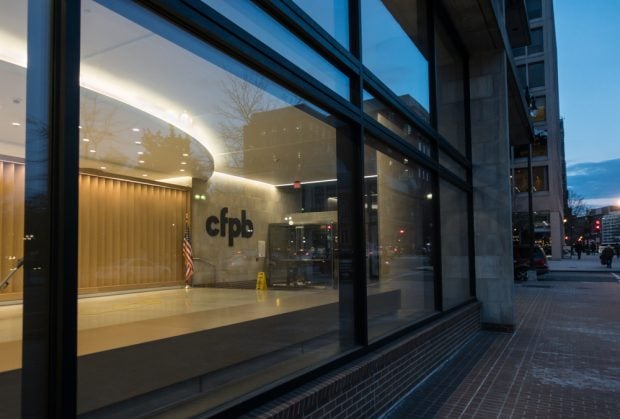Earlier in the year, those of us in the marketing community were busily discussing the impact of our current branding campaigns, customer relationship management programs and the like. Here at First South, we were analyzing the results of our annual membership survey. The marketing department was particularly proud to note the impact our branding strategy has made over the last year or so. Ratings for our strength and stability were at all-time highs, awareness and usage in many of our targeted product categories was up, and re-designed communications materials had gained increased notice. But it is now post-September 11th, and among many marketers, discussions have shifted to wondering what changes we may need to make, if any. President Bush said the horrible events of terrorism will not shut the nation down. "The American economy will be open for business," he said. But it is becoming all too apparent that open for business does not mean business as usual. Assuming we are not among the unfortunate who may have already had their budgets slashed or even had their jobs eliminated, we wonder if now is the time for a slight re-adjustment in our marketing plans, a drastic change, or even a cutback. Indeed, according to Competitive Media Reporting, network advertising is running about 13.5% below 2000 levels. Other surveys indicate that newspaper advertising is down around 7%, TV down by around 11%, 6% for radio and 10% for online. Public relations budgets are down as much as 20%. And that was before September 11th. Changes must certainly be made. The fading optimism that is putting a damper on consumer spending will certainly have an impact on savings and borrowing patterns. The emotional impact of recent events is already leading to a change in national sentiment. In many cases, people's priorities have shifted. For them, time spent with family and friends will take precedence over previously favored self-indulgent pastimes. People are making more cautious decisions, especially about their finances and how to spend their money. Major purchases may have been delayed or even abandoned. Materialism may be out of favor, but that does not mean generating new business is impossible. For certain, allowing the headway we have made to be undone by a long period of inactive marketing, would be a shame. As we all know, it takes frequency and consistency of message to make an impact on the audience. Fortunately for credit unions, we don't have to reinvent ourselves, appearing to capitalize on the more sensitive national psyche. The cooperative structure of credit unions mirrors the enhanced national spirit of cooperation being seen in our country. Proper positioning can appeal to the public's need for the human touch. The National Credit Union brand campaign "Where People Are Worth More Than Money" is right on target within our new national context. And the excellent value credit unions have long provided could also capture the attention of a more financially conscious consumer. Marketing programs can become even more strategic as they position us for future growth and lead the way as we emerge from the economic downturn. They can be viewed much like research and development – an investment in the future. And much like the current stock market climate, this could also be considered a buyer's market. In our metro area, radio airtime is substantially discounted at even the top stations and representatives for all types of media are much more willing to strike bargains. In fact, now could be the best time to use marketing to gain the maximum impact possible. I recently viewed a presentation on this subject where the research cited provided strong evidence that companies who market most during economic downturns fare best in the long run. One example was that during the recession of 1981 to 1982, firms that maintained or increased their advertising could boast an average sales growth of 275% over the preceding five years. Those who cut advertising realized an increase of only 19%. During the 1989 to 1991 recession, sales dropped as much as 64% for studied brands that cut marketing expenditures. They rose by 57% to 70% for brands that increased marketing efforts. Examples similar to this were given going all the way back to 1923. In times like these we are reminded that our resources do not come automatically. We know that we must carefully deploy what we do have. Aggressive marketing will give us an edge as others pull back, but now more than ever, we must ensure each dollar spent provides the maximum return. Building a positive image is only useful if it leads to direct sales, as well. More research and analysis of the return on investment for our marketing expenses will be required, with the necessary adjustments being diligently made until we find the most powerful, cost-effective mix. Though we will carry on with our business, for certain it will not be business as usual. However, this need not be alarming, because the challenges we face could actually make us better marketers in the long run.
© 2025 ALM Global, LLC, All Rights Reserved. Request academic re-use from www.copyright.com. All other uses, submit a request to [email protected]. For more information visit Asset & Logo Licensing.







